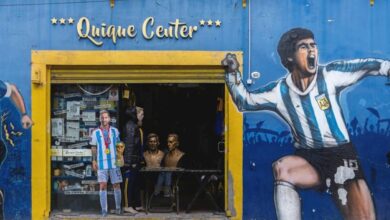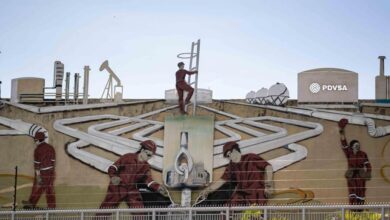What does the constitutional change in Cuba mean?
With the drafting of a new constitution, the Caribbean country will introduce the figure of the president and vice president: how will the dynamics on the island change?

Between July 21 and 23, the Cuban parliament will vote for the draft of the new Constitution, which among other changes, will introduce the figure of the president and vice president of the Republic to the political structure of the country. Until now, the maximum position in the executive has been that of "President of the Council of State", which Miguel Mario Díaz Canal holds since April of this year.
The face of power in Cuba has changed substantially in the last decade. Fidel Castro, who was the leader of the Caribbean country since 1959, decided not to stand for the elections of the top government in 2008. This was how his brother and then second in command, Raúl Castro, took office, and only in 2018 resigned to be reelected.
Leer en español: ¿Qué significa el cambio constitucional en Cuba?
What is the difference between the previous position and the one that will be created?
When Fidel Castro assumed power after the Cuban Revolution, he did so through the position of Prime Minister, in whom the executive resided together with the president of the republic. Castro shared power with two presidents before the executive structure was reformed in 1976: Manuel Urrutia Lleó (1959) and Osvaldo Dorticós Corrado (1959 to 1976).
With the 1976 Constitution, the Council of Ministers was established and Fidel was chosen as its president. The first vice president was the position created for the second person in power and who would be the replacement of the president in case of absence or death. It was occupied since 1959 by Raúl Castro until 2008.
However, with the new Constitution, the Head of State and the Head of Government will be separate figures. According to the Cuban newspaper Granma, the president will be the first and the prime minister, a position that will be created once again, will be responsible for the functions of the second. Also, the prime minister will be the head of the Council of Ministers. For its part, the president will be elected by Parliament and will have a limited period of five years with the option of re-election.
Read also: What will happen to Castrochavismo without the Castros and Chávez?
What does this mean for the island?
For decades the form of government of Cuba has been criticized, in which the system of the only party (Cuban Communist Party – PCC) and the indefinite re-elections of Fidel Castro, only reinforced the thesis that in the Caribbean country is a dictatorship. With the relay in power among the Castro brothers, this panorama did not seem to change.
The change of the executive structure on the island does not seem to be different, in essence, from what was maintained between 1959 and 1976, when the position of president and prime minister already existed. It is worth asking, will power cease to be monopolized after the constitutional reform or will it continue to reside within the PCC?
While it is true that the change of Constitution also promises the creation and protection of private initiative, while retaining the socialist character of the State, in political terms it will see only a reorganization. Nevertheless, it should not be ruled out that in the future the economic opening will be followed by the democratic opening.
LatinAmerican Post | Iván Parada Hernández
Translated from "¿Qué significa el cambio constitucional en Cuba?"




